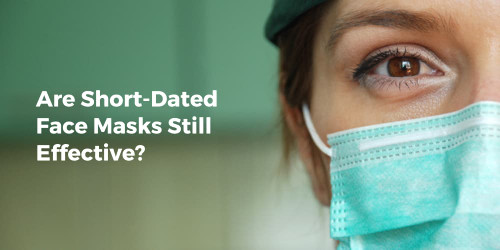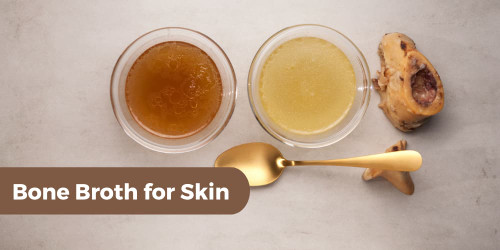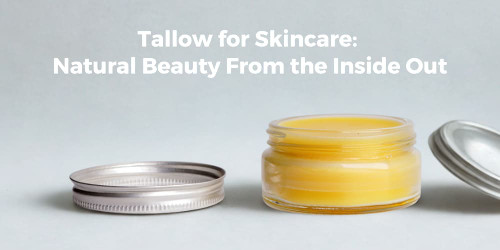Color correctors are specialized makeup products designed to counteract and neutralize specific color issues on the skin. They are typically used in conjunction with foundation and concealer to achieve a flawless and even complexion. The importance of using color correctors in addressing skin problems lies in their ability to effectively camouflage and balance out various discolorations and imperfections on the skin. In this blog, let’s discus what is color corrector and why they are important:
How Does Color Correctors Work?
Color correctors are makeup products designed to neutralize specific skin discolorations, such as redness, dark circles, hyperpigmentation, and sallowness. They are typically available in various shades, each targeting a particular color issue on the skin. These shades are based on the principles of color theory, which dictates that opposite colors on the color wheel cancel each other out.
What is the Science Behind Color Theory?
Color theory is the foundation of color correction. According to this theory, colors that are opposite each other on the color wheel neutralize one another when combined. For example:
- Green Concealer. For redness, acne and rosacea. Green is opposite the color wheel from red, so it’s perfect for hiding any redness on your face, like pimples and acne scars. If you have rosacea, a color correcting green primer will help hide unwanted redness and give you an even base for applying foundation.
- Orange Concealer. For people with darker skin tones who have dark circles under their eyes. Orange is opposite from blue. If you have darker skin with blue dark circles, orange will work to help conceal the uneven undertones. People with lighter skin should avoid orange and instead use a peach color corrector.
- Pink Concealer. For people with lighter skin tones who have dark circles under their eyes. Pink concealer is usually salmon or peach in tone and is created from a mix of red, orange, and yellow hues. Since these colors are opposite from blue, green, and purple on the wheel, this corrector is best for hiding dark eye circles on lighter skin tones.
- Yellow Concealer. For dark purple bruises, veins, and under eye circles. Yellow color correcting concealer can be used to cover up any blemish that’s purple in tone. Bruises, veins, and under eye circles can be hidden with a yellow spot concealer.
- Purple Concealer. For yellow skin tones and combatting dull complexion. Purple is best for combatting yellow undertones and brightening skin. Use a purple primer to remove yellow tones from your entire face or use a spot concealer to hide yellow spots.
What are some Medical Benefits of Color Correctors?
Color correctors are often used in the context of makeup and cosmetic products to address various skin issues and concerns. However, in medical settings, color correctors can also play a role in certain situations. Here are some medical benefits and importance of using color correctors in addressing skin problems:
- Camouflage and Concealment: Color correctors can help conceal and camouflage various skin issues, such as scars, birthmarks, port-wine stains, vitiligo patches, and post-inflammatory hyperpigmentation. By using the appropriate color corrector, the appearance of these skin conditions can be minimized, helping individuals feel more confident about their appearance.
- Minimization of Discoloration: Some medical conditions, like rosacea, melasma, and post-operative bruising, can lead to noticeable skin discoloration. Color correctors can be used to neutralize the unwanted colors, such as redness or purple/blue tones, making the discoloration less noticeable and promoting a more even skin tone.
- Enhancement of Cosmetic Results: After certain medical procedures like laser treatments, chemical peels, or surgeries, patients may experience temporary skin redness or other discolorations. Color correctors can help patients feel more comfortable in social situations while their skin heals and regains its natural color.
- Phototherapy and Skin Conditions: In some cases, dermatologists use color-correcting techniques in combination with phototherapy treatments. For instance, patients with conditions like vitiligo may use color correctors to target specific areas before undergoing UVB phototherapy, ensuring that the treatment is better targeted and effective.
- Color Correction for Tattoos: In the field of dermatology, color correction techniques can also be used to address unwanted tattoo pigments. Laser tattoo removal can be complemented by using color correctors to neutralize specific colors in the tattoo, making the removal process more effective.
- Post-operative Healing: After surgeries or procedures that may cause skin discoloration or bruising, color correctors can help patients feel less self-conscious during the healing process. By neutralizing the bruise color, patients can go about their daily activities with more confidence.
- Aesthetic Concerns: In medical aesthetics, color correction techniques can be used to enhance the overall appearance of the skin. Dermatologists and medical professionals might use color correctors to mitigate the appearance of under-eye circles, vascular blemishes, and other pigmentation irregularities.
It's important to note that while color correctors can provide medical benefits in certain situations, they are not a substitute for professional medical advice or treatments. Individuals with skin concerns should consult with a dermatologist or medical professional to receive personalized recommendations and appropriate treatment options for their specific condition.















